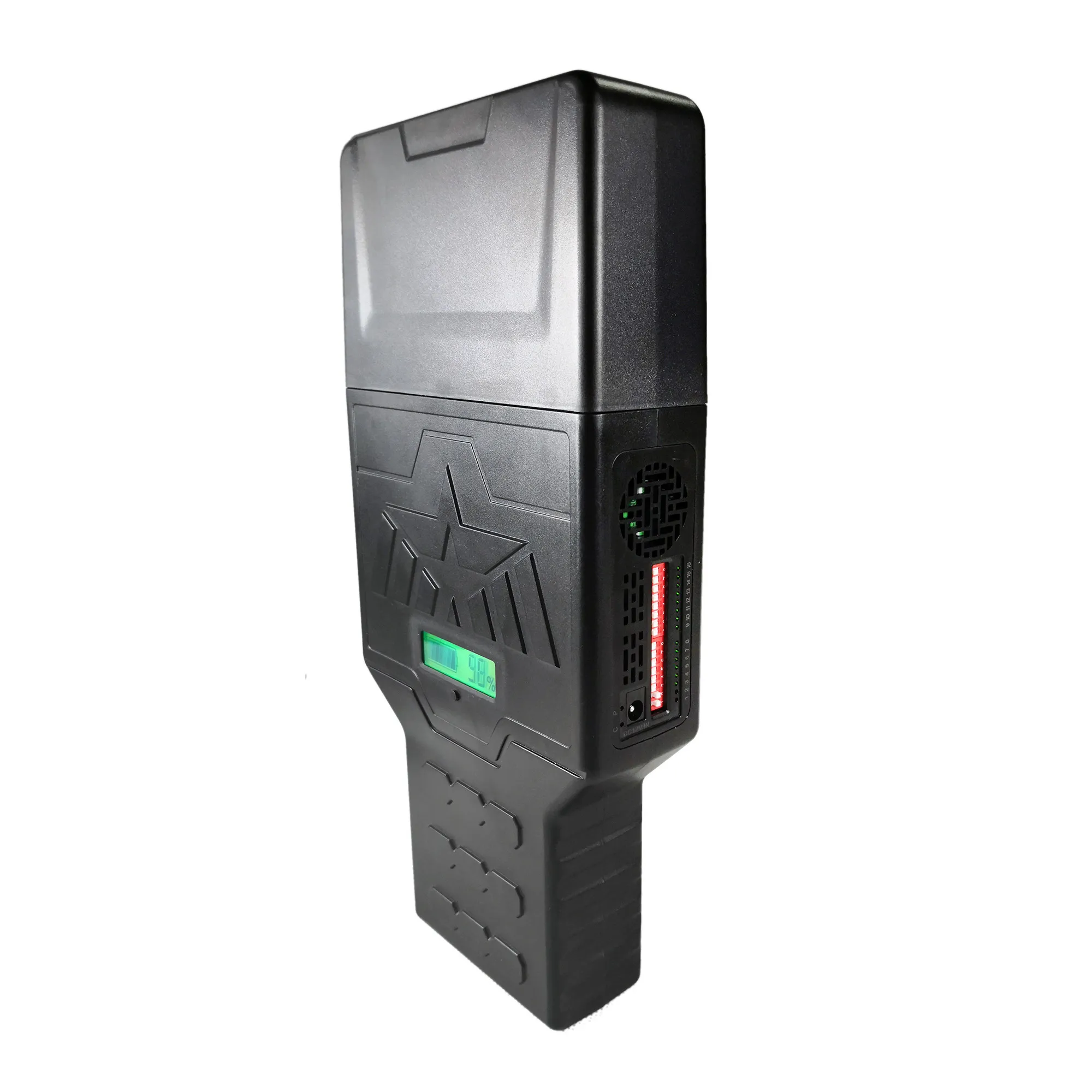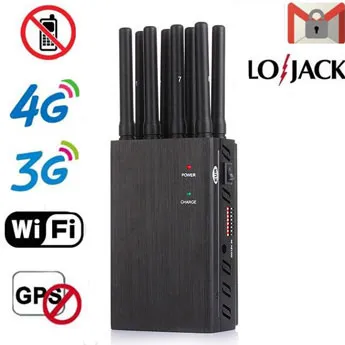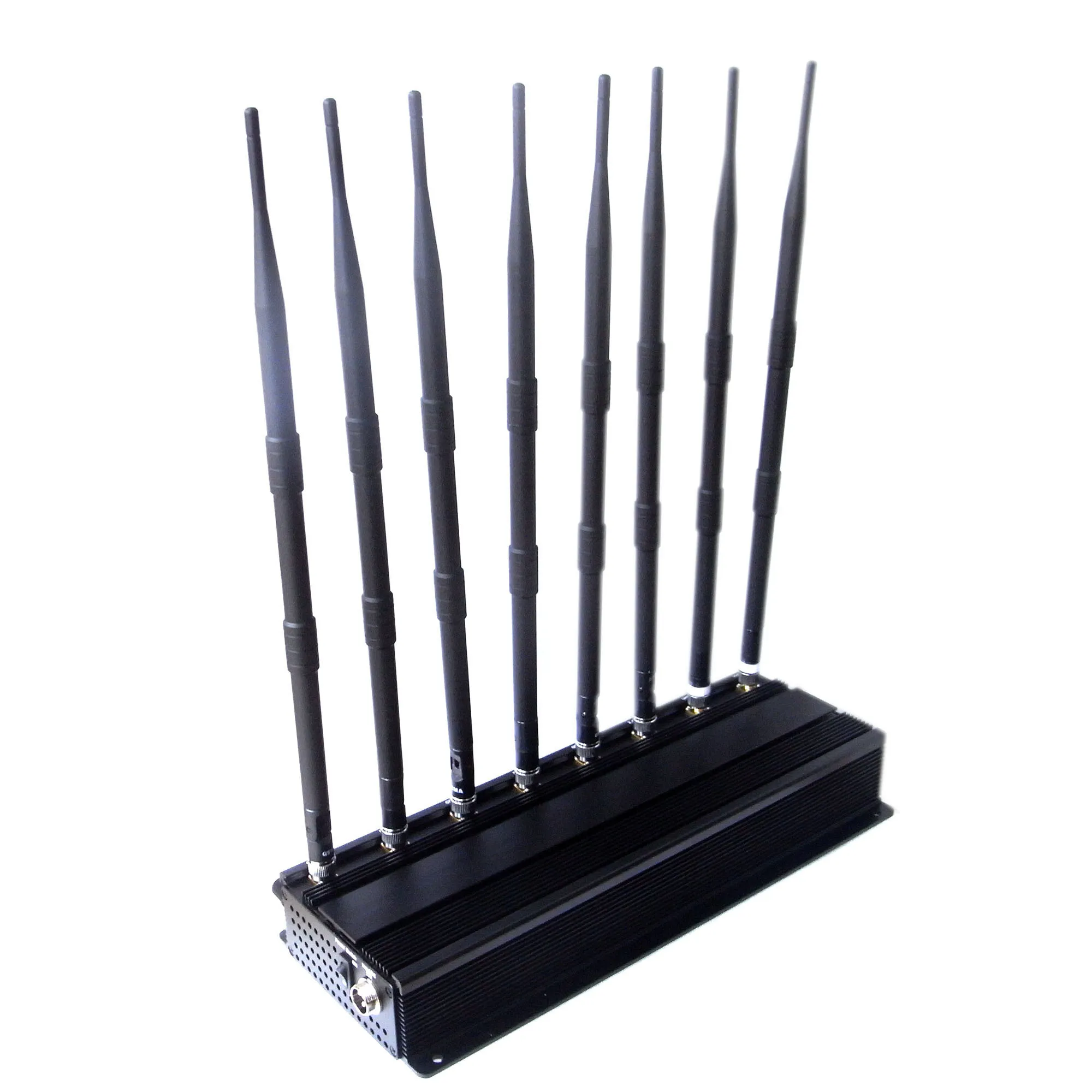In most countries/regions, the authorities mostly disapprove of the use of these mobile phone jammer devices, the main reason being that their impact is often beyond expectations. Even deliberate use, such as prohibiting the use of mobile phones in schools, theaters, and hospitals, or preventing drones from flying over private property, can cause damage beyond expectations. The interruption of 911 calls, the dropping of drones from the air, and the destruction of air traffic control are some unexpected consequences caused by human interference. These consequences have led countries such as South Africa and Israel to regard these jammers as completely illegal.
Techniques for deliberately interfering with electromagnetic frequencies (also called interference) have been implemented in various devices, which are gradually being provided to individuals and organizations. Jammers are becoming smaller, more portable, easier to use and cheaper, despite the fact that they are illegal in most countries in the world. Although some jammers can block communication indiscriminately, there are several types of special equipment specifically designed to block certain signals. Among them, the most popular are cell phone jammer, wifi jammers, drone jammers, and even GPS jammers.
Looking at the busy streets, you would think that the last thing the world needs is a cell phone jammer, which is forgivable. If anything, we are often asked to put away our mobile phones. From the “turn off the phone” in the intensive care unit to the “silent car” on the train to the “unplugged wedding” (“please put away the phone after the first dance”), people may think that the phone has become very unwelcome. Moreover, as the functions of these devices expand, the list of places where their use is prohibited is constantly increasing. From college examination rooms to prisons, from classified meetings to celebrity weddings, mobile phones have become "unpopular" for various reasons.
Therefore, cell phone jammers. Detecting the presence of a mobile phone is as easy as sniffing the RF signal required by the device to maintain a connection to the network, regardless of whether the mobile phone is in use. The functions of cell phone detectors vary. Mobile devices can be carried cautiously, covering the vicinity and sounding silent alarms when equipment is found, while fixed devices can be "hands-free" and act as a deterrent by triggering wall-mounted beacons when the phone appears. The stronger the detector, the wider the range. Using DF (direction finding) antennas, or triangulating multiple "hits", you can also identify the exact location of the device.











